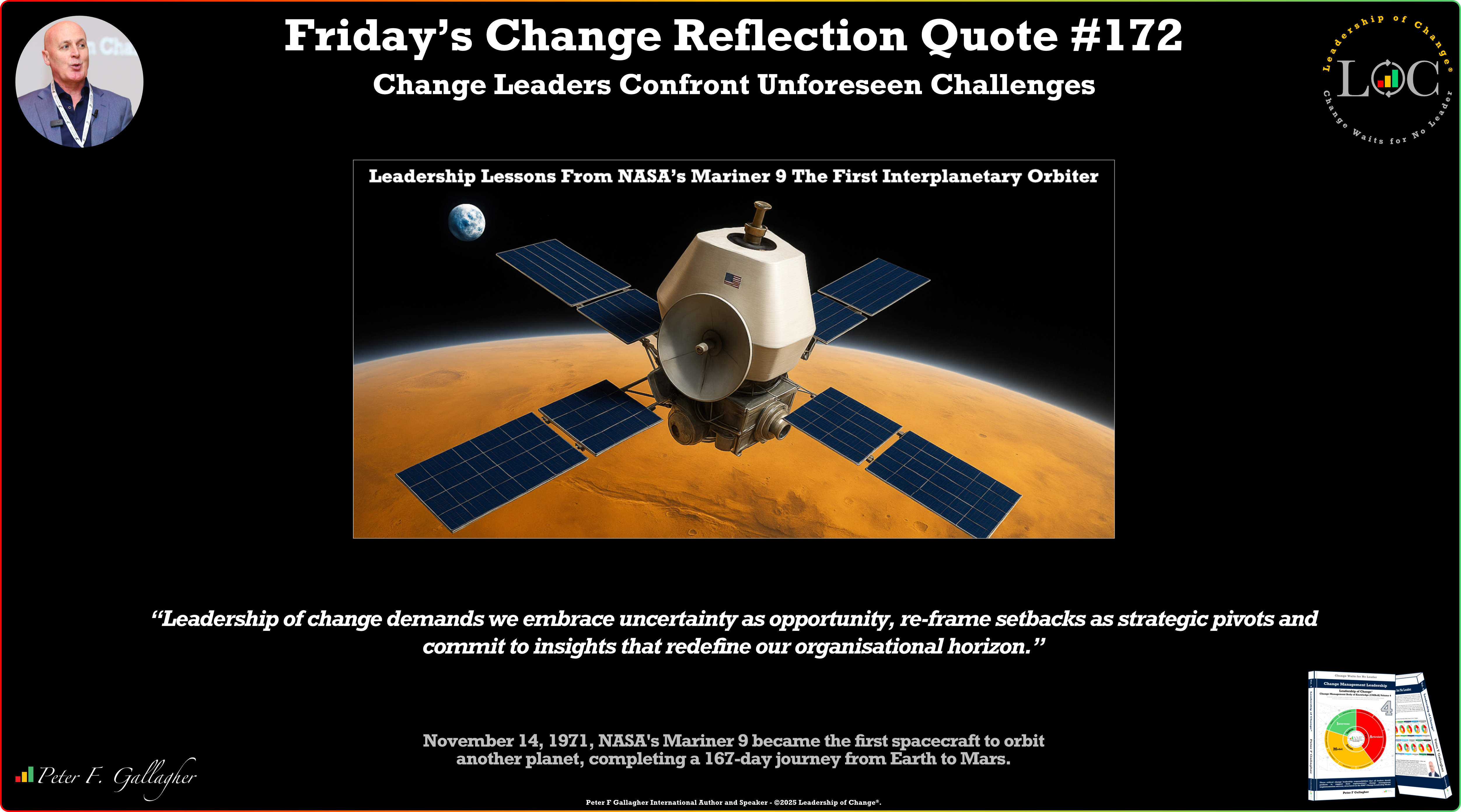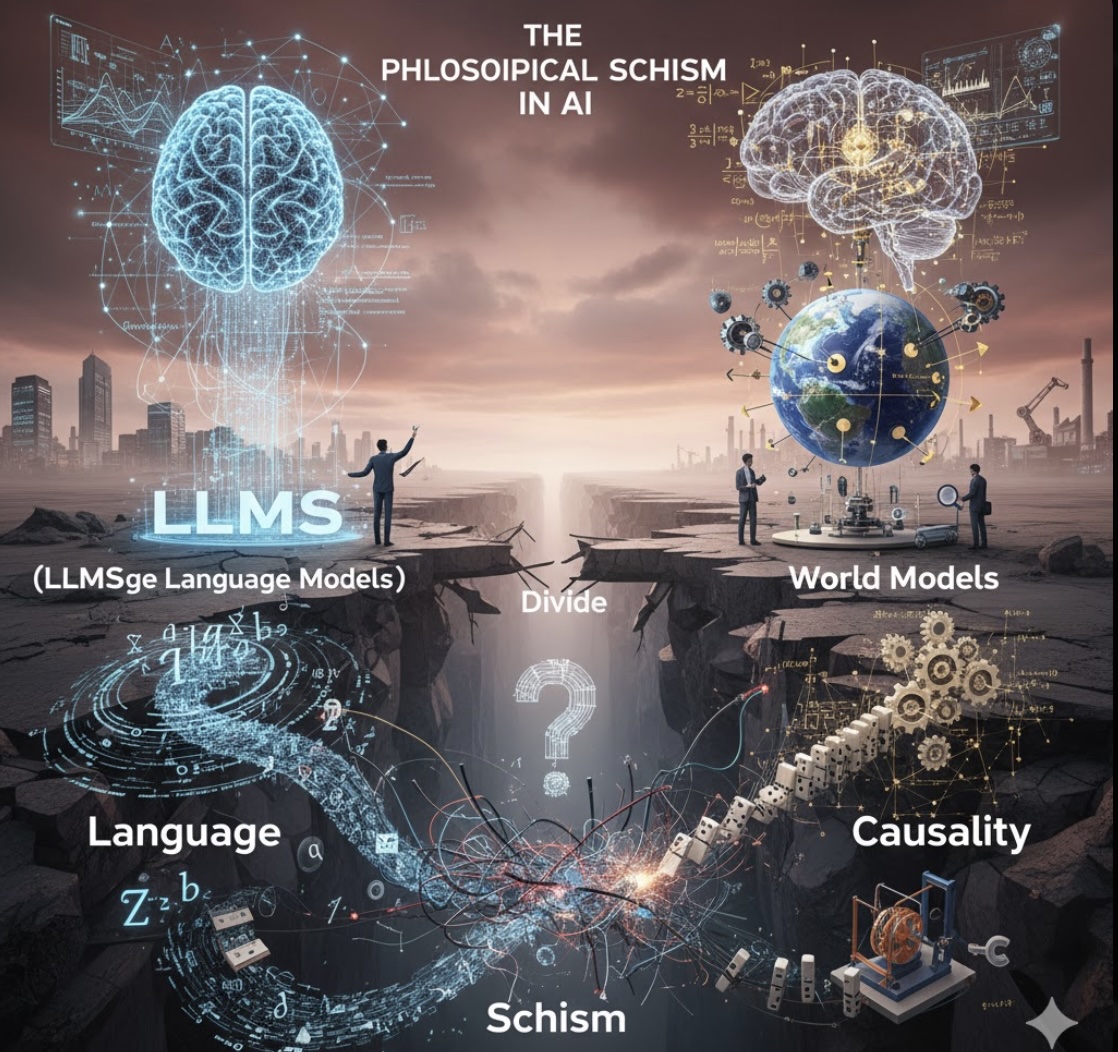Jun01

AI not only helped in data gathering but also in data processing, data analyses, number crunching, genome sequencing, and making the all-important automated protein molecule binding prediction. AI’s use will not end with the vaccine’s discovery and distribution; it will be used to study the side effects in the billions of vaccinations
Many countries have rolled out coronavirus vaccines and many are conducting dry runs to check the preparedness for vaccination drives. The World Health Organisation has extended emergency use approval to the Pfizer/BioNTech vaccine. This has paved the way for developing countries, which do not have the infrastructure to run vaccine trials. They can now begin immunizing their populations against Covid-19.
The world was quick to realize the importance of coming together to share genome sequencing data and other technical know-how, which accelerated the pace of vaccine development. However, this would have been impossible without the presence of cloud computing and Artificial Intelligence (AI).
AI helped not only in data gathering but also in data processing, data analyses, number crunching, genome sequencing, and making the all-important automated protein molecule binding prediction.
Coronavirus as we know is a cousin of Severe Acute Respiratory Syndrome (SARS) that caused many deaths over a decade ago. Researchers predicted that the pathogen may have transmitted through animals then. These kinds of predictions could only be done with the help of AI.
Sanjay Sehgal, Chairman, and CEO, MSys Group said, “In case of coronavirus, the first prediction was done by a Canadian firm BlueDot, which specializes in infectious disease investigation through AI. The firm used its AI-powered system to go through animal implant disease networks. It also used AI to collect information and predict the outfall of the virus and warned its clients to retrain their travel activities much before governments declared it officially.”
CNBC reported that BlueDot had spotted COVID-19 nine days before the World Health Organisation released its statement alerting people to the emergence of a novel coronavirus. AI and cloud computing have, in fact, been helping the pharma sector for some time now.
Gaurav Aggarwal, VP, Global Cloud Solutions Strategy and GTM Lead, Avanade, stated that the democratization of AI and Machine Learning (ML) in the public cloud has revolutionized science and engineering. The pharma industry is slowly maturing to leverage the same. “The advent of AI as an adaptive and predictive technology coupled with democratization of AI/ML, Augmented Reality/Virtual Reality (AR/VR) technology by public cloud providers such as Microsoft, Google, AWS offers the possibility for radical optimization of core research, business processes, reshaping market opportunities for pharmaceutical companies and challenging the status quo on access to affordable medicine worldwide,” he added.
The process of drug discovery requires running complex mathematical models of behavior using high-performance computing (HPC). The modern data analysis tools, such as cloud and AI, accelerated the process of identifying the molecular stimulators for further evaluation.
These tools helped in the search of antibodies that would prevent and fight Coronavirus. Additionally, research databases such as COVID Open Research Dataset (CORD-19) powered by AI helped researchers in their studies.
These technologies aren’t 100% accurate though. In 2008, Google launched an AI-powered service to track the flu outbreak using SEO and tracing people’s search queries. The data collated comprised people’s supermarket purchases, browsing patterns, and the theme and rate of private messages.
“Though Google’s AI service predicted the flu outbreak much before government and its agencies, its reports had to be pulled down after being found that the service had been consistently over-estimating the pervasiveness of the disease,” Sehgal pointed out.
Based on case studies such as these, it should be noted that AI-run algorithms can help simplify the huge amount of data from several experiments that help in discovering the patterns that a human brain might miss to spot, but in the end, AI still cannot predict the success of vaccine on humans. “We will have to wait and watch how the vaccine and its effects unfold,” Sehgal said.
While we can never expect overnight success when dealing with something as complex as vaccine development, but we can act now by using AI, ML, and public cloud to optimize the overall process and remove some of the constraints and bottlenecks. “Amplifying progress in creating new medications for diseases is among the most profound near-term objectives of AI and Covid-19 vaccines availability in less than 12 months, is an example of how AI can help in crisis response,” said Aggarwal.
The use of AI is not going to end with the discovery and distribution of the vaccine. It is also going to be used to study the side effects of the billions of vaccinations. Fortune recently reported that the UK arm of Genpact has been asked to design a machine learning system that can ingest reports of side effects and pick up on potential safety concerns.
AI to study side effects of drugs has been the focus of academic researchers for several years. Many governments, apart from the UK, are also using AI to study coronavirus vaccine side effects. The quick rollout of the vaccine has proved to be a huge success for AI and ML as it has paved the way for greater use of these tools in the health and pharma sector.
Keywords: Cloud, COVID19, Digital Twins
 When One Scanner Fails: Why Resilience Starts at the Smallest Link
When One Scanner Fails: Why Resilience Starts at the Smallest Link Friday’s Change Reflection Quote - Leadership of Change - Change Leaders Confront Unforeseen Challenges
Friday’s Change Reflection Quote - Leadership of Change - Change Leaders Confront Unforeseen Challenges The Corix Partners Friday Reading List - November 14, 2025
The Corix Partners Friday Reading List - November 14, 2025 The best is in the middle: why the C-suite must be the top bun
The best is in the middle: why the C-suite must be the top bun The Philosophical Schism in AI: Language, Causality, and the Divide Between LLMs and World Models
The Philosophical Schism in AI: Language, Causality, and the Divide Between LLMs and World Models